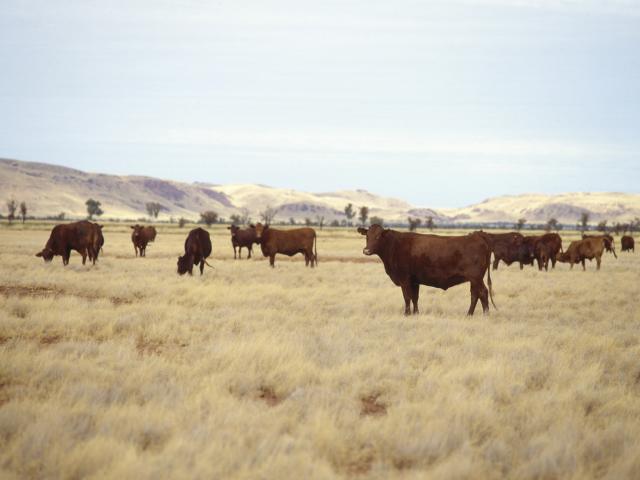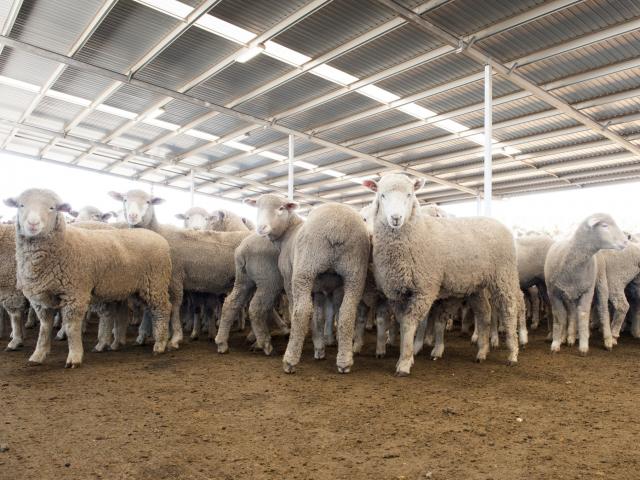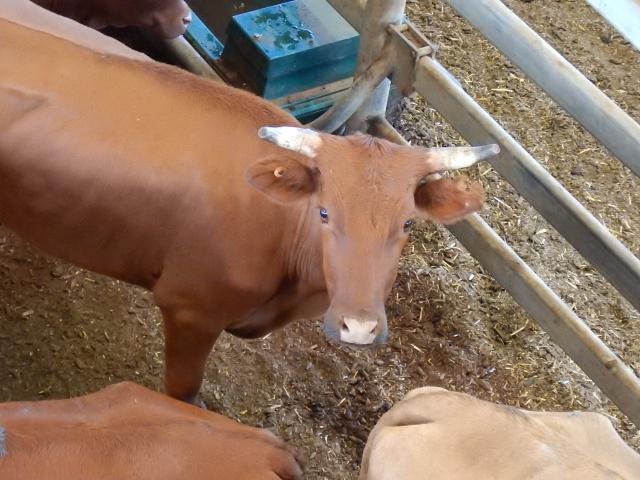The Animal welfare regulation newsletter provides information on the Department of Primary Industries and Regional Development’s role in ensuring that all livestock receive appropriate standards of care, and on the latest developments in animal welfare policies and standards.
Department continuing response to welfare incidents in the north
Staff from a number of areas across the Department of Primary Industries and Regional Development (DPIRD) are continuing to respond to serious animal welfare incidents in the State’s north.
Since December 2018, incidents on two properties – one each in the Kimberley and Pilbara – have resulted in the deaths of large numbers of cattle. These incidents are being investigated by the department’s Livestock Compliance Unit under the Animal Welfare Act 2002.
On both properties, the immediate concern for the department has been the welfare of livestock. As a result, staff from DPIRD have humanely destroyed a significant number of cattle that were very weak and unlikely to survive.
An important focus now is on ensuring that the animals that remain on the properties have access to proper and sufficient food, and appropriate access to water. Staff from the department are working closely with management on the Pilbara property to re-establish water supplies and move stock to areas where water is available.
Broad scale assessments of the rangelands, as well as seasonal conditions and local information, are helping to determine where any other at-risk properties may be.
The department is committed to supporting a sustainable and profitable pastoral industry, but also one that prioritises good animal welfare outcomes. These incidents have highlighted the need for a collaborative approach between DPIRD, other government agencies and the northern pastoralists to support long-term industry development.
If a person believes someone has caused harm to, mistreated or been cruel to an animal, they should use the RSPCA online complaints form or contact 1300 278 3589.
Update on implementation of national standards and guidelines
Department staff are continuing to progress the implementation of the Australian Animal Welfare Standards and Guidelines for the Land Transport of Livestock and for Livestock at Saleyards and Depots.
A meeting with key industry stakeholders was held in February to provide an update on the implementation and the process involved in regulating the Standards and Guidelines. The department has also had preliminary discussions with the RSPCA WA.
The consultation with stakeholders so far has shown that some clarity is needed for industry on the manner in which the Standards and Guidelines will be implemented in Western Australia. Put simply, there are two ways that the Standards and Guidelines will be applied through regulations.
Firstly, the two documents will be adopted under the regulations and will operate like the current Codes of Practice. This means that they can be used by the courts to assess husbandry and management practices, for cattle, sheep and other livestock, in cases of alleged cruelty. They can also be used as a defence to a charge of cruelty if a person can prove that he/she was acting in accordance with a prescribed Code of Practice.
In addition, in relation to cattle and sheep, some of the standards will be made directly enforceable through regulations. A breach of these standards will not normally be dealt with as a cruelty offence. Breaches of regulations may be the subject of penalties imposed by a court or by an inspector, as appropriate.
The guidelines advise on recommended practices. Non-compliance with them will not be an offence under law.
Animal welfare inspectors may enforce the regulations by issuing infringement notices, like an on-the-spot fine, or undertaking prosecutions under the relevant regulation. The first steps to achieve compliance with the regulations will be activities to raise awareness and educate industry about the requirements.
It is anticipated that a draft of the regulations will be available for consultation by the middle of the year. Additional information, including a list of frequently asked questions, is available online.
Transporting livestock from seasonally dry areas
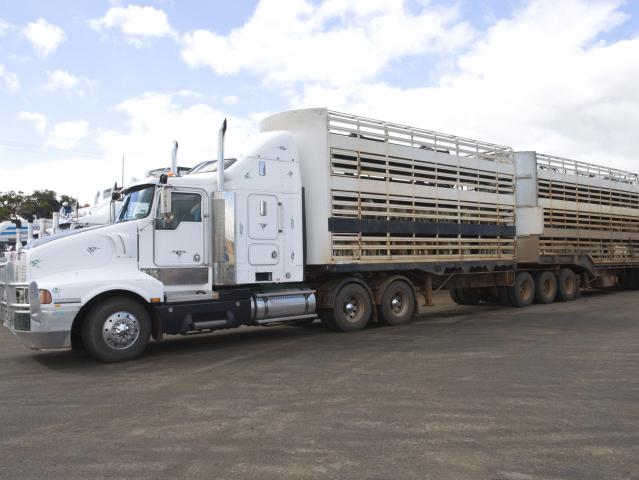
With some parts of the Kimberley and Pilbara experiencing above average temperatures and below average rainfall for the 2018/19 wet season, please remember that you may need to move livestock away from areas where feed sources are becoming inadequate. However, you must give careful consideration to whether animals are strong enough to make the planned journey. If this is in doubt, they should be managed onsite.
The producer is primarily responsible for deciding which animals can be transported but transporters also have a role to play. Drivers are responsible for the welfare of the livestock on their vehicle for the entire trip. Ultimately, if there is any doubt about an animal’s ability to withstand the journey, it should not be transported.
To help make the correct decision, the department has published two useful guidance documents – Welfare decisions for beef cattle and Welfare decisions for sheep. These documents show how to assess animals that are in body condition score 1 and decide whether they are suitable for transport. They also advise on managing such animals onsite. Veterinarians can also provide useful advice on a case-by-case basis on whether an animal is fit to load.
In addition to the body condition score, it is important to take account of other factors relating to individual animals (e.g. pregnant animals or unweaned young), as well as the environmental conditions (e.g. very hot or dusty conditions) and the location and accessibility of handling and resting facilities.
Under the Animal Welfare Act 2002 (Act), animals that are unfit for a journey should not be transported. Transporting animals that are too weak to complete the journey is an offence under the Act and may be the subject of investigation by LCU inspectors.
By planning carefully and respecting legal requirements, producers and transporters can minimise the risk of animal welfare problems.
For more information on Codes of Practice for livestock during transport, and other animal welfare related matters, please see the department’s website.
Transit insurance – do you know what’s covered?
Despite all precautions being taken to ensure the needs of livestock are met, it is a reality that livestock occasionally get injured or die while being transported by road. While many producers have transit insurance to cover livestock losses during their journey, it’s important to be aware of what this means.
What’s covered under transit insurance will vary between policies and all producers should check their coverage to make sure they know what is and isn’t included. For instance, injuries such as broken legs during transit are usually covered, but pre-existing injuries like cancer or arthritis are not.
Animals may also be covered in yards when they are brought in to be drafted before transport, and some policies will cover the muster and trip from the paddock to the yards. Again, check with your insurance provider to make sure you know what’s covered.
There may be a perception that transporting livestock with pre-existing conditions, which are then euthanased at their destination, will warrant an insurance claim. However, this is not the case, and should not be considered in the management of livestock which are not fit to load. If there is any doubt about an animal’s ability to withstand the journey, it should not be transported.
Generally speaking, a claim can only be made upon the approval of the livestock agent, and transit insurance is usually included in the commission to the agent unless you opt out. If there is an accident during transport, the payout is calculated on the average price of that animal on the sale day.
Ultimately, if you’re not sure what you are covered for, talk to your insurance provider.
Dog Standards and Guidelines open for consultation
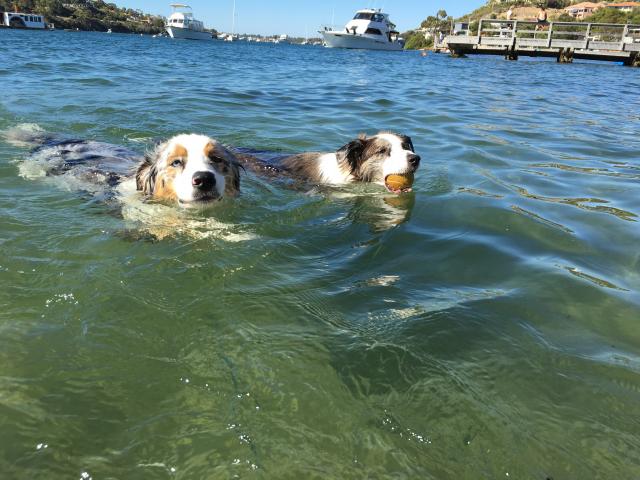
The department has released the draft Standards and Guidelines for the Health and Welfare of Dogs in WA for public consultation.
The draft Standards and Guidelines propose minimum requirements that owners and people in charge of dogs must follow to ensure the health and welfare of dogs kept in WA. Additional guidelines and information are included to further protect and promote the health and welfare of dogs.
The document also includes Mandatory Standards for Dog Breeding, which establish minimum requirements for the health and welfare of dogs used for breeding, and for their puppies.
Staff from the Department of Primary Industries and Regional Development, RSPCA WA, the Australian Veterinary Association, the Murdoch University School of Veterinary and Life Sciences, and Dogs West have worked diligently and collaboratively on the standards and guidelines for more than a year.
In developing the document, the writing group worked to ensure the standards and guidelines reflect current science and contemporary attitudes about the humane treatment of dogs.
The release of the Standards and Guidelines supports the State Government’s Stop Puppy Farming initiative.
Making a submission
Feedback on the draft Standards and Guidelines can be provided via an online survey, which takes approximately 15 minutes to complete. The results of this survey will be made available through the consultation summary report, but the names of respondents who provide feedback through the online survey will not be published.
Written submissions are also accepted. Comments can be provided either by completing the public submission form, or by drafting an individual written submission.
Written submissions will be made public and published in full on the department’s website unless you ask for it to be confidential. Submissions that contain defamatory or offensive material will not be published.
The consultation closes at 5pm on Friday 7 June 2019. To read the draft document and find out more about how you can make a submission, go to the department’s website.
Ingrown horns continue to draw substantial penalties
Two recent prosecutions have once again highlighted the need for livestock producers to closely and regularly inspect their animals to ensure that they can identify any welfare issues, and treat them accordingly.
In February, an offender was fined $14,000 and ordered to pay courts costs of $753.30 in a case relating to eight cows with either one or both horns ingrown, causing significant wounds. These cattle were part of a consignment of 67 that were sent to an abattoir in the state’s South West.
Some of the wounds were described as being inflamed and weeping, and attracting flies. In some cases, the horns had penetrated to a depth of almost 5cm and were assessed as being weeks or even months old.
In a separate incident, a man was fined $3,000 in Kalgoorlie Magistrates Court in February in a case relating to bull with an ingrown horn.
In January 2017, an inspector in the department’s Livestock Compliance Unit identified the injured bull during an inspection at the Muchea Livestock Centre. The bull had been transported from a pastoral property in the Goldfields. The ingrown horn had penetrated the skull by 9cm on one side and the wound was infected.
The offenders in both cases were convicted of failing to take reasonable steps to alleviate harm to an animal.
Department principal compliance inspector Charlotte McIntyre said it was reasonable to expect that ingrown horns such as these should have been identified and treated.
Subscribe to receive future editions
Visit the Animal welfare regulation newsletter homepage to sign up to receive future editions straight to your inbox.

